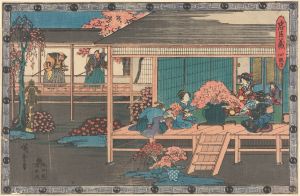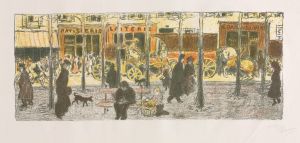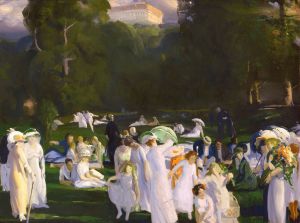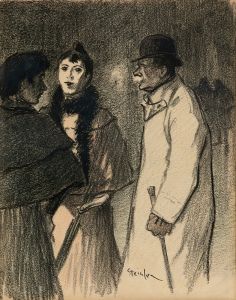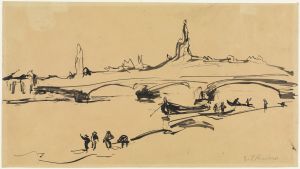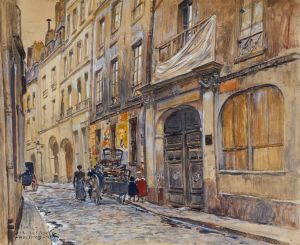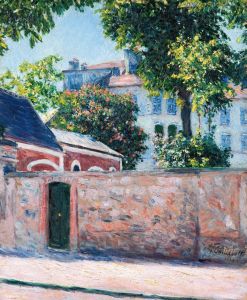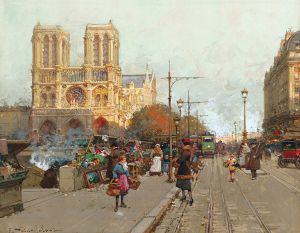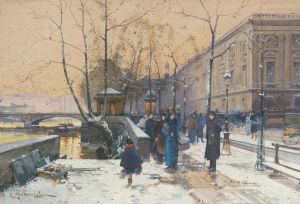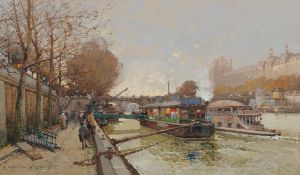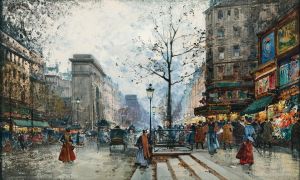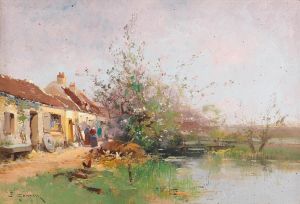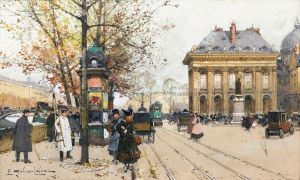
Quai de la Mégisserie sous la neige
A hand-painted replica of Eugène Galien-Laloue’s masterpiece Quai de la Mégisserie sous la neige, meticulously crafted by professional artists to capture the true essence of the original. Each piece is created with museum-quality canvas and rare mineral pigments, carefully painted by experienced artists with delicate brushstrokes and rich, layered colors to perfectly recreate the texture of the original artwork. Unlike machine-printed reproductions, this hand-painted version brings the painting to life, infused with the artist’s emotions and skill in every stroke. Whether for personal collection or home decoration, it instantly elevates the artistic atmosphere of any space.
Eugène Galien-Laloue (1854–1941) was a French painter known for his depictions of urban landscapes, particularly scenes of Paris. His works often captured the charm and vibrancy of the city during the late 19th and early 20th centuries. Galien-Laloue was recognized for his ability to portray the bustling life of Paris with a sense of warmth and detail, often using gouache or watercolor as his medium.
"Quai de la Mégisserie sous la neige" is one of Galien-Laloue's many paintings that depict Parisian life. The title translates to "Quai de la Mégisserie under the Snow," referring to a specific location in Paris along the Seine River. The Quai de la Mégisserie is historically known for its flower markets, pet shops, and booksellers, making it a lively and picturesque area of the city. In this painting, Galien-Laloue captures the scene during winter, with snow blanketing the streets and buildings.
The painting exemplifies Galien-Laloue's characteristic style, which combines precise architectural details with a soft, atmospheric quality. His use of light and color conveys the cold yet serene ambiance of a snowy day in Paris. The figures in the painting, often small and understated, add a sense of scale and liveliness to the composition, reflecting the daily activities of Parisians even in winter conditions.
Galien-Laloue's works are often associated with the Belle Époque period, a time of cultural and artistic flourishing in France. His paintings serve as historical records of Paris during this era, showcasing the city's architecture, streetscapes, and the rhythm of urban life. While Galien-Laloue produced a large number of works, he often signed them under pseudonyms, such as "L. Dupuy" or "Juliany," to avoid exclusivity agreements with galleries.
"Quai de la Mégisserie sous la neige" is a testament to Galien-Laloue's skill in capturing the essence of Paris. His ability to depict the interplay of light, weather, and human activity has made his works highly sought after by collectors and art enthusiasts. Today, his paintings are appreciated for their historical value and artistic merit, offering a glimpse into the Paris of a bygone era.





